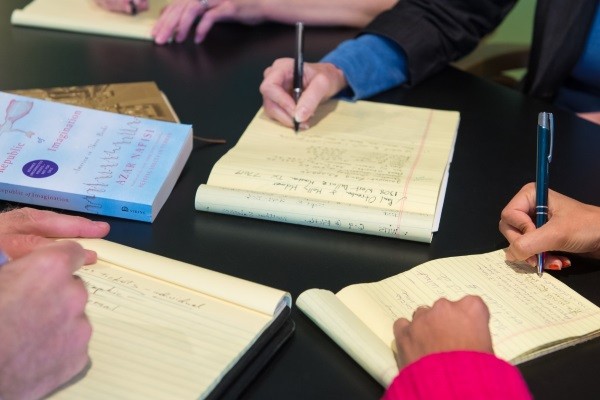Worldbuilding is a term often consigned to the work fantasy and science fiction writers do to create alternative, fictive realms, like Tolkien’s painstakingly detailed “Middle Earth” in Lord of the Rings. But as author Jeff Vandermeer points out, “every setting in every piece of fiction is the product of someone’s imagination.” For example, he says, “your version of, say, Chicago, is vastly different than a talking penguin’s version.” Earlier this year, two essays ran on the popular writing blogs Electric Literature and Literary Hub, titled, “Against Worldbuilding,” and “In Defense of Worldbuilding,” respectively. In the former, author Lincoln Michel claimed, “While worldbuilding is an important part of some types of fiction in a couple genres, it’s a largely counterproductive concept for most types of fiction.” To counter his argument, Emily Temple suggested worldbuilding transcends genre, and offers any author the means to build “complexity, nuance, a tactile sense of place, an internal logic, [and] a story that fulfills its own promise.”
In this short, intensive course, we will discuss what it means to use worldbuilding in fiction, using examples from both “genre” and literary work from authors like Kelly Link, Ken Liu, Jennifer Egan, and others. We will also offer feedback on the opening sections of participants’ fiction-in-progress. We will not conduct a full workshop, but look at the way each piece invites the reader into the world of the story, and how the writer begins to construct an internal logic within their own work.



